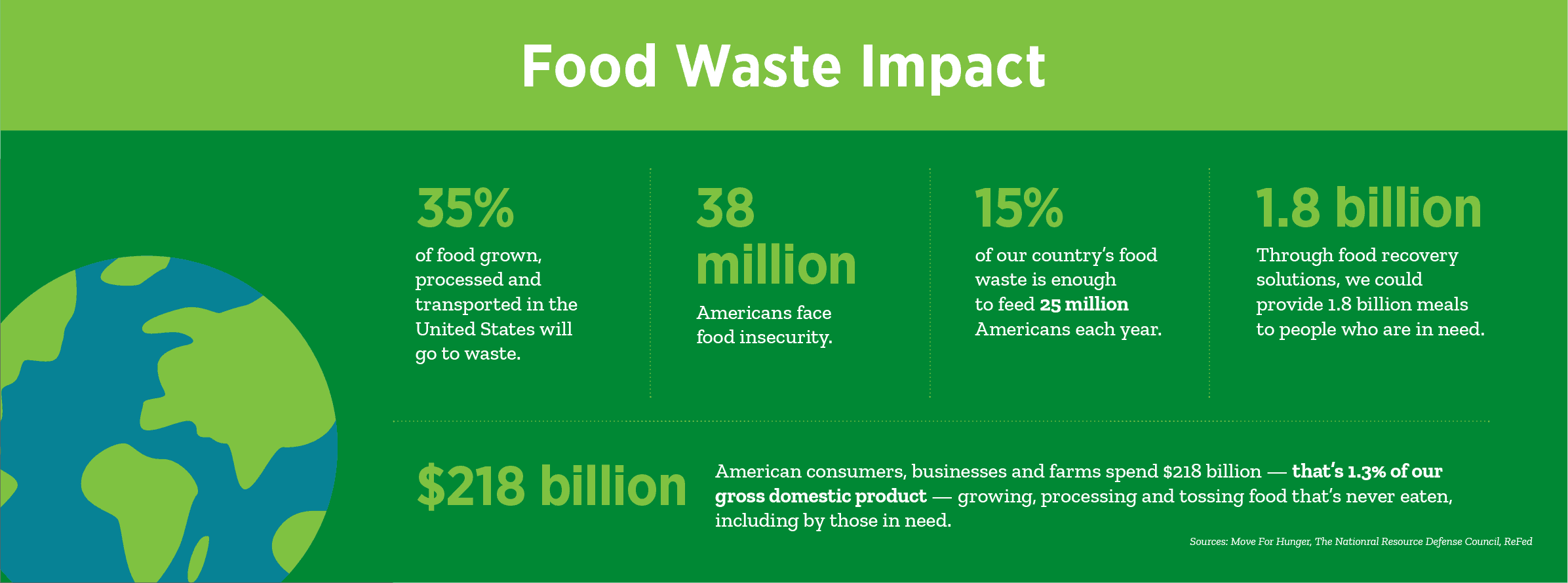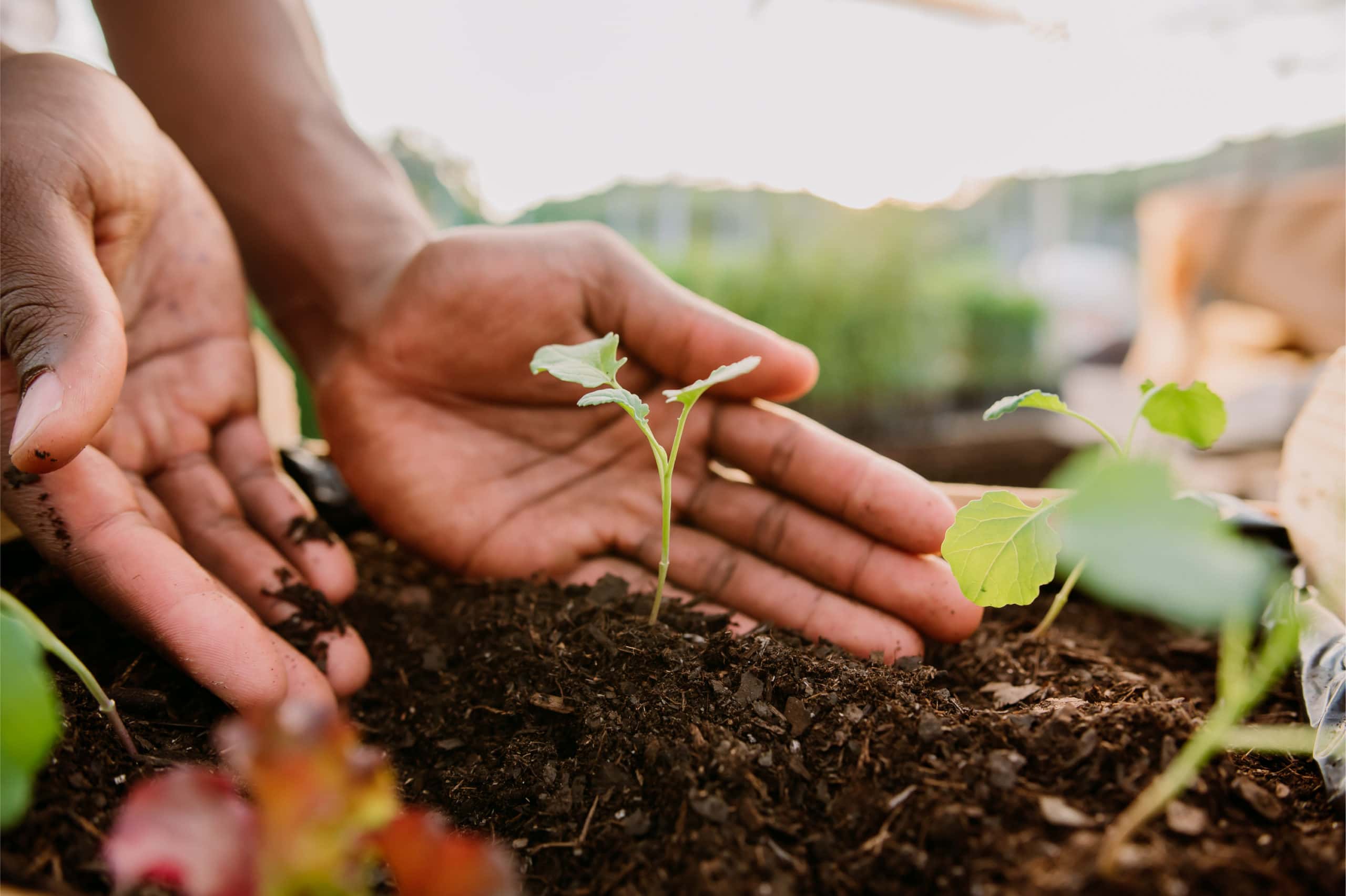Earth Day is right around the corner and it’s a great time to take stock in the contents of your refrigerator and pantry because food waste has a negative impact on the environment. That includes everything from moldy fruit to soup past its expiration date. The unsold food that gets dumped from grocery stores and restaurants, too.
To make matters worse, a lot of it is — and certainly was — perfectly good food. Unfortunately, this issue happens at every level of the supply chain, from farms to distribution points, grocery stores and in our homes.
Separate from the humanitarian cost, significant economic and environmental impacts are occurring as well.

How Food Waste Contributes to Climate Change
Unsure of the connection between food waste and the environment? The reality is agriculture is a major driver of climate change, accounting for more than 20% of overall global greenhouse gas emissions in 2010 alone.
But there is hope.
According to a new study from the Potsdam Institute for Climate Impact Research (PIK), by 2050, scientists estimate up to 14% of agriculture-related emissions could be avoided if food use and distribution was better managed.
What You Can Do to Avoid Food Waste and Minimize Climate Change
Despite the staggering amount of food that goes to waste in the U.S., food insecurity is a pervasive issue for 42 million Americans. By now, you’re no doubt wondering what you can do to help. Fortunately, making a difference is easier than you might think.
Mayflower has partnered with Move For Hunger, a national nonprofit organization that mobilized moving, relocation and multi-family housing industry leaders so their customers, clients and residents can donate their non-perishable food when they move.
As part of this initiative — and to help do our part as an organization — we’ve developed some guidelines and tips around leftover food when you’re getting ready to move. Our advice is to start by using up what’s in your pantry before you move — we’ve provided some tasty recipes to spark ideas and simplify pantry-based meals. Knowing that’s not always possible and there are so many people who can benefit from the food items you don’t plan to take with you when you move, we’ve shared insight on what food banks need most. Want to make sure your new home pantry is smartly stocked? We’ve provided a checklist to make shopping for staples at your new address easier, more efficient and environmentally responsible.
Are you a customer with an upcoming move? Wondering if your Mayflower agent partners with our Move For Hunger initiative? Here’s how you can donate your non-perishable items.
- Ask your move coordinator if the agent loading your belongings is participating in our Move For Hunger initiative.
- Provided they are, set aside your unopened, non-perishable food items.
- Your donation will be sorted and delivered to a local food bank that provides for area residents in need.
- They will pack up and deliver your donation to a local food pantry.
Together, we can work to eliminate food waste, fight hunger and give back to the communities where we live and operate in meaningful, sustainable ways.






